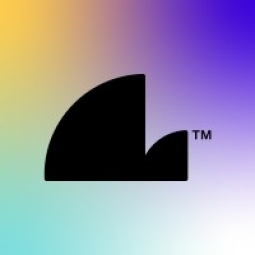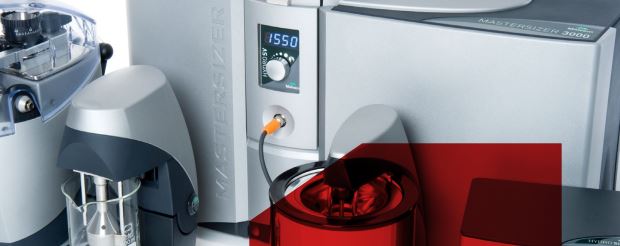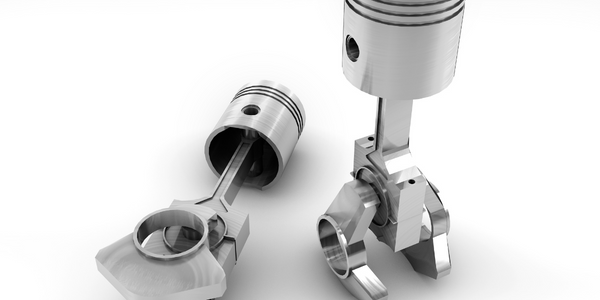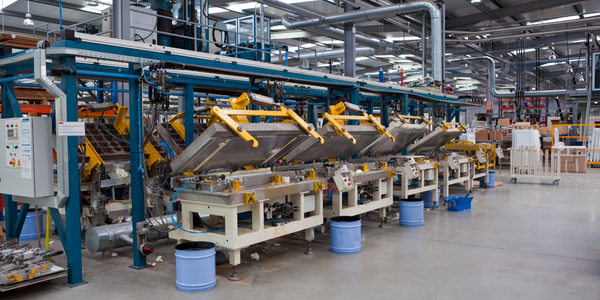Revolutionizing Comics and Animation Industry with CorelDRAW Graphics Suite: A Case Study on Mauricio de Sousa Produções

Applicable Functions
- Product Research & Development
- Quality Assurance
Use Cases
- Time Sensitive Networking
- Visual Quality Detection
Services
- Testing & Certification
About The Customer
Mauricio de Sousa Produções is a veteran comics business based in São Paulo, Brazil. With a history spanning over 50 years, the company employs a diverse team of artists, including designers, inkers, writers, and illustrators. They work collaboratively to create animation for various platforms such as television, toys, and licensing. The company was facing challenges related to tight deadlines, limited production capacity, and the need for physical storage space for the finished artwork. They sought to modernize and streamline their operations, aiming to increase production, reduce costs, and improve the quality of their artwork.
The Challenge
Zazo Aguiar, an experienced designer and animator, was hired by Mauricio de Sousa Produções, a 50-year-old comics business in Brazil, to modernize and streamline the company’s operations. The company, with a workforce of 500, comprised of designers, inkers, writers, and illustrators, who collaborated to create animation for television, toys, and licensing. However, the company was grappling with increasingly tighter deadlines, limited production capacity, and the physical storage space required to store the finished pencil art and artwork. The traditional method of creating characters using pencil and then paying an inker to add the finishing color was proving to be time-consuming and costly. The need for a solution that could automate the design process, increase production, reduce costs, and eliminate the need for physical storage space was evident.
The Solution
The company adopted the CorelDRAW Graphics Suite, a design software that Zazo had first encountered in 1996. The software was capable of scanning artwork and creating a beautiful, finished comic, thus automating the design process. The transition to CorelDRAW was a strategic move that allowed the company to leverage digital technology to increase production and reduce costs, without having to hire more staff or acquire more physical space. Despite the operational cost to train employees in the new design technology, the superior quality of the artwork and the savings on paper costs were significant. In the animation industry, vector software like CorelDRAW is essential for the creation of high-quality, detailed artwork. CorelDRAW’s vectors are easily manipulated, facilitating any fine-tuning or corrections needed. The vector file can also be resized for use on banners and outdoor panels, without any loss in quality.
Operational Impact
Quantitative Benefit

Case Study missing?
Start adding your own!
Register with your work email and create a new case study profile for your business.
Related Case Studies.

Case Study
Rapid and Simple Installation Provides Access to Critical Data
The customer needed to monitor non-contact alignment and non-contact process temperature in different positions along a 100-meter production line. Space around the line is tight and operators and forklift trucks are passing by constantly. Installation of correctly routed cables from sensors back to the control station would have been expensive and would have taken too long and caused too much disruption to ongoing operations.
Case Study
Real-Time IoT Tracking and Visualization Improve Manufacturing
Shimane Fujitsu, a wholly-owned subsidiary of Fujitsu and a leading manufacturer of business notebooks and tablets, set out to improve processes where factory inspections found product errors. Prioritizing product rework based on shipping date was challenging, and it caused Shimane Fujitsu to incur additional shipping fees. The company needed a way to collect data to better track the location of products in the rework cycle as well as monitor progress in real time. The collected data would also help process analysis for future improvements.

Case Study
Automatic Vision Inspection Solution for Product Traceability
With greater market demand for food safety, traceability is receiving increasingly more attention in the food and beverage industry as well as the packaging industry. One of the world's leading providers of beverage containers required a system to identify bar codes and alphanumeric characters on ink-jet-printed labels at a run rate of 7 units and minimum 99.9% accuracy. Since there were few engineers in the factory, the customer sought to implement a reliable system with an easy-to-use GUI for workers with a less technical background.

Case Study
Centralizing Data for Improved Efficiency: A Case Study on Malvern Panalytical
Malvern Panalytical, a UK-based hi-tech electronics company, was grappling with the challenge of decentralized data storage. The company had a vast amount of unstructured data scattered across various platforms, from hard drives to emails and floppy disks. This made the data searching process extremely cumbersome and inefficient. The company's rapid growth, from 200 to over 1,000 employees in a decade, and expansion across three continents further exacerbated the need for a more structured and centralized data system. As a company involved in electronics manufacturing and software development, it was crucial for Malvern Panalytical to find a platform that could structure all their data, track all modifications of documents in real time, and provide clear visibility of the internal information flow across all its facilities.

Case Study
Automated Inspection of Axial Piston Motors
Earth moving machines require an immense energy source to provide the power they need for use within civil engineering works. ‘Hydraulic Motors’ allow this power to be applied to enable the machines movement and in addition ‘Control Valves’ also provide the operator with the precise feel and control required to undertake the necessary tasks needed for such machines, including trenching, rock breaking and demolition. These same motors are also used in cranes, wheel loaders and general construction equipment. Though not a new product, the designs of such motors and control valves have been around a few decades, the overall method for manufacture has changed rapidly over the last few years to take account of the need for more modular designs, manufacture and just-in-time manufacturing. Kawasaki Precision Machinery (UK) Ltd based in Plymouth, UK is one of the leading manufacturers of such motors and pumps. They approached Industrial Vision Systems Ltd to come up with a solution to provide automated inspection of such pumps for their semi-automated assembly process. The pumps requiring inspection are at a sub-assembly stage when they are due for the inspection process to take place. Due to the highly modular nature of the construction each part of the pump can have many different derivatives which overall have a different effect on the pump in industrial use. It is therefore critical for the manufacturing process to check all components are the correct type and number for the construction of the pump to begin. Once built it is difficult and costly to rework such units if a fault is detected later in the manufacturing process, therefore automated visual inspection is critical for the success in building quality motors and pumps.







